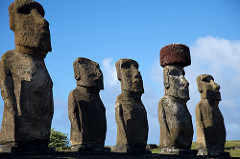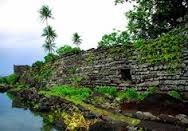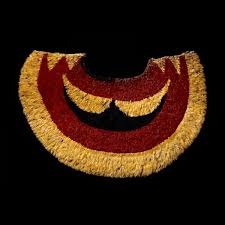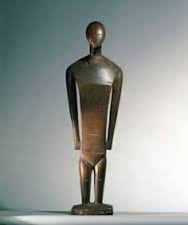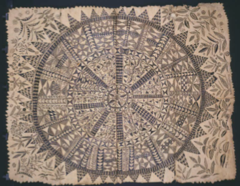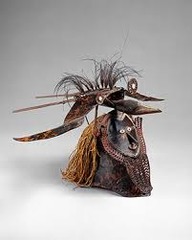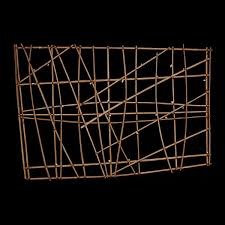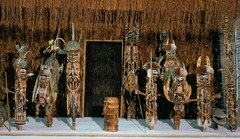Moia People
Easter Island
1200 CE
Basalt
show relationship to birdman cult through back carvings
Important ancestors
Toppled by European colonists
Feather Cape
Hawaii
1850 CE
Feather and fiber
for male nobilities to wear during battle or ceremony
"'ahu'ula"
yellow and red feathers were rare
given as gifts to Europeans
Staff God
Cook Islands
late 18th-early 19th century
wood, paper mulberry bark, feathers
could be the creator god Tangaroa
very sacredly wrapped, to keep in sacred powers
Wooden sculptures from Nukuoro
Micronesia
late 18th-early 19th century
wood
Each of the figurines bore the name of a specific male or female deity which was associated with a particular extended family group, a priest and a specific temple. They were placed in temples and decorated with loom-woven bands, fine mats, feathers, paint or headdresses.
Hiapo (tapa)
Polynesia (Lapita Peoples)
1850-1990
Tapa or barkcloth, free painting
women's art
for clothing, bedding and wall hangings. Textiles were often specially prepared and decorated for people of rank
Tapa was ceremonially displayed on special occasions, such as birthdays and weddings. In sacred contexts, tapa was used to wrap images of deities.
Some hiapo examples include writing, usually names, along the edges of the overall design.
Buk (mask)
Mabuiag Island
mid to late 19th century
turtle shell, wood, cassowary feathers, fiber, resin, shell, paint
bottom human face
middle face/body of bird
top feathers
many pieces
representation of hero, ancestor, totem
used at masquerade ceremonies
connection to supernatural
Navigation charts (rebbelib)
Marshall islands, Micronesia
19th century
wood, shell
Cowrie or other small shells represent the position of the islands.
the horizontal and vertical sticks act as supports, while diagonal and curved ones represent wave swells
Malangan
New Ireland, Papua New Guinea
1882-1883
wood, vegetable fiber, pigment and shell
principally concerned with honoring and dismissing the dead
also act as affirmation of the identity of clan groups
negotiate the transmission of rights to land
made to be used on a single occasion and then destroyed
symbolic of identity, kinship, gender, death, and the spirit world
representations of fish and birds of identifiable species, alluding both to specific myths and the animal's natural characteristics
MASKS--commonly used at funeral rites
both bid farewell to the dead and celebrate the living
can represent ancestors, spiritual spirit
very expensive to create
mana
power, effectiveness, prestige
tapu
Polynesian traditional concept denoting something holy or sacred, with "spiritual restriction" or "implied prohibition"; it involves rules and prohibitions
duality
everything has two opposite parts, principles
